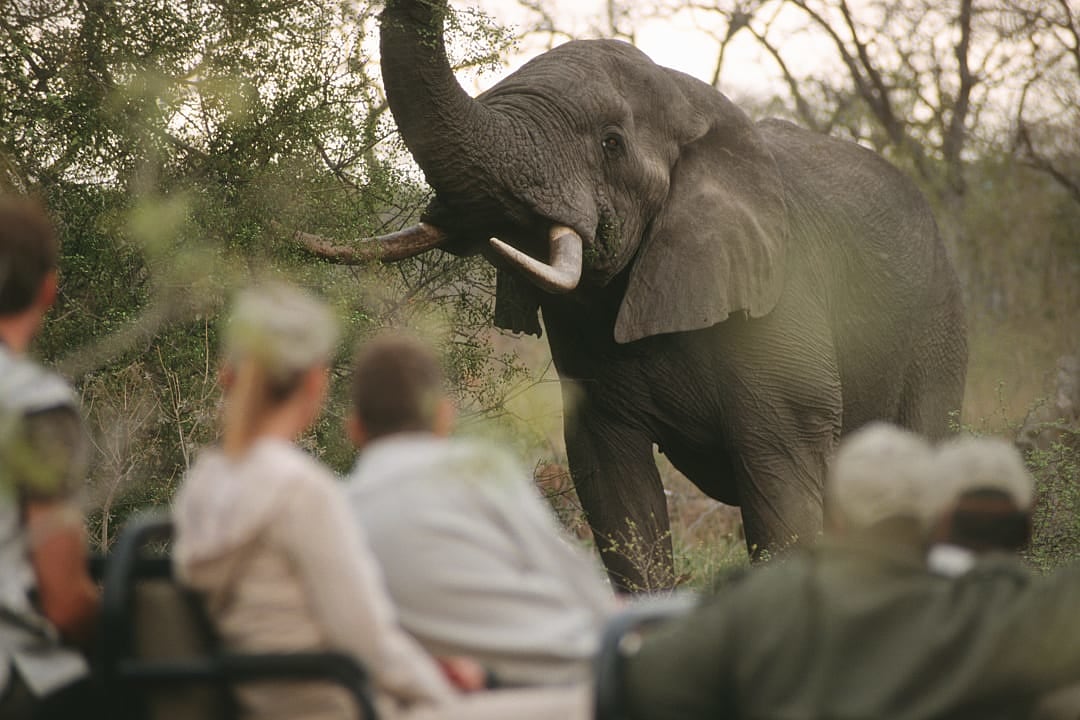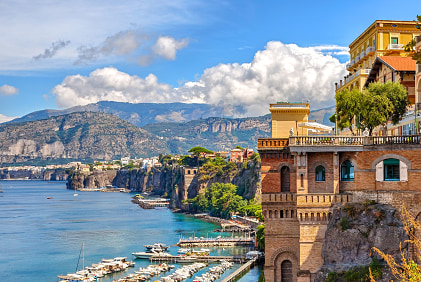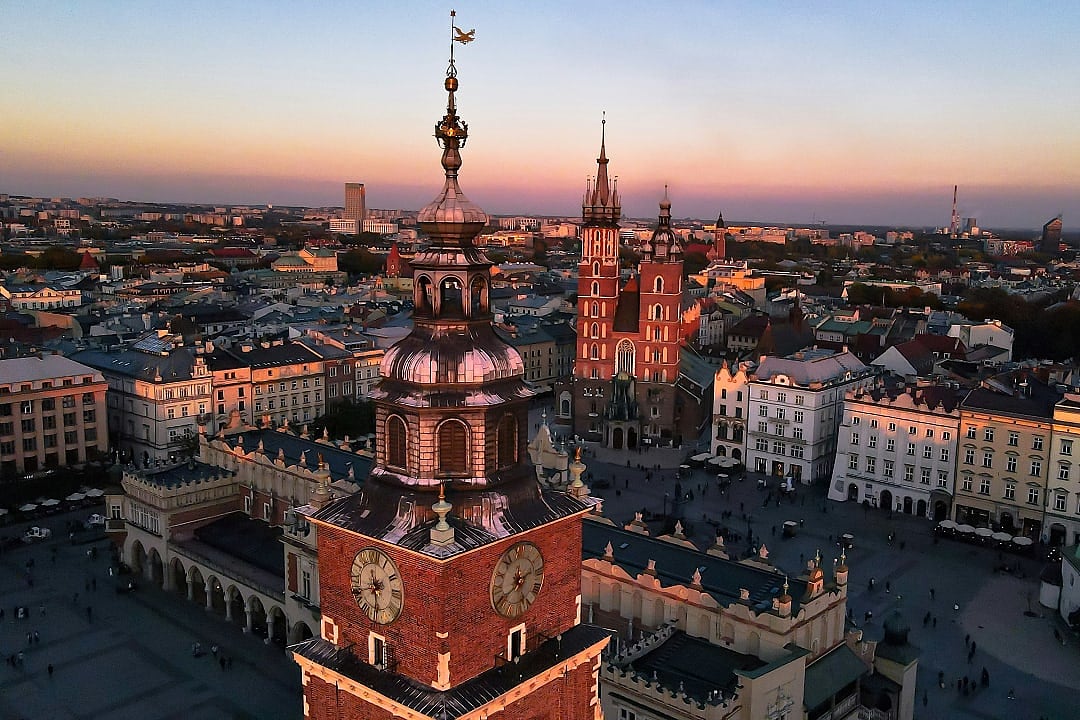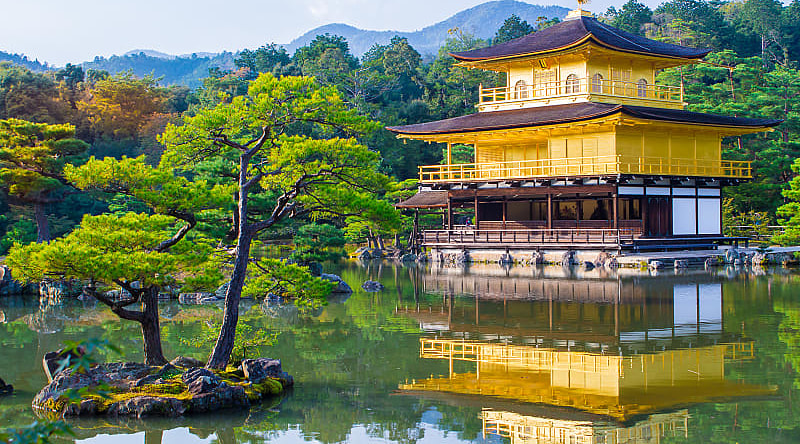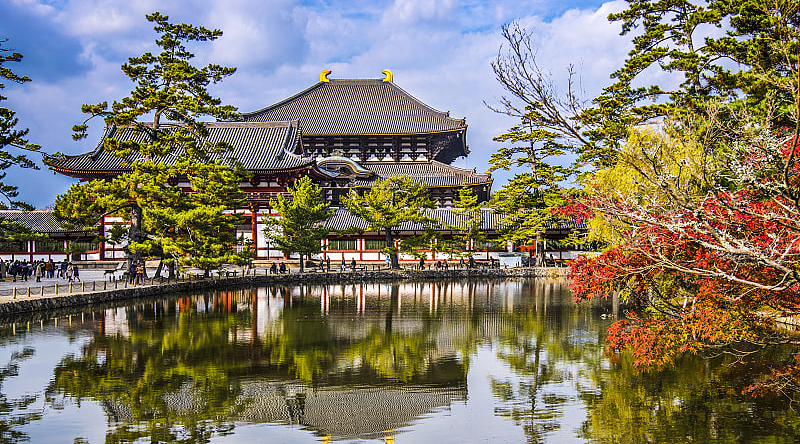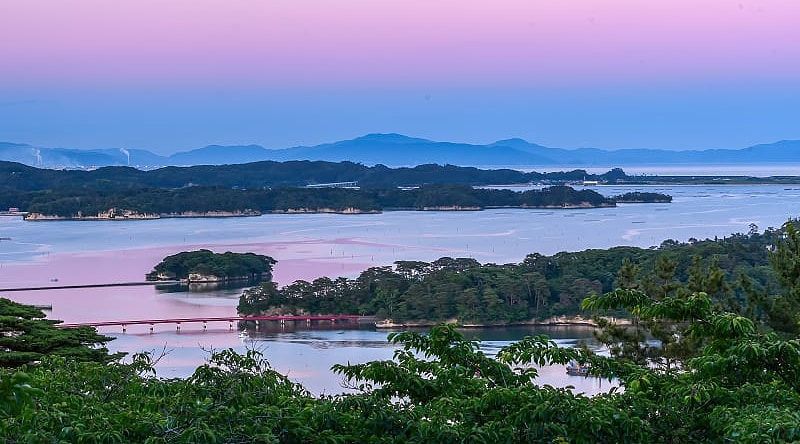Safari travelers are exploring beyond South Africa's well-trodden game reserves to discover the wildlife-rich landscapes of neighboring countries. Island seekers are trading Greece's popular summer corners for Ireland's coastal drama and Celtic heritage. Across every major travel region, our data reveals a sophisticated shift: travelers now research multiple destinations within a region, choosing based on their specific interests rather than simply booking the most famous name.
The result benefits both travelers and destinations: visitors enjoy more authentic experiences while the positive impact of tourism spreads across multiple countries, supporting broader conservation efforts.
Regional Redistribution Highlights:
- South Africa safari bookings: Declined from 36.3% to 26.6% of regional share
- Tanzania: Rose to 21.9%
- Zimbabwe: Increased to 16.3%
- Botswana: Grew to 10.2%
- Greece: Declined 4.8 percentage points as Ireland entered Europe's top five
This pattern appears across Asia, where Thailand declined 6.7 percentage points while Japan expanded its dominance, and in the South Pacific, where New Zealand and Australia demonstrate a pendulum pattern as travelers alternate between the two countries in consecutive years.
The common thread: travelers make intentional choices based on what each destination uniquely offers.

